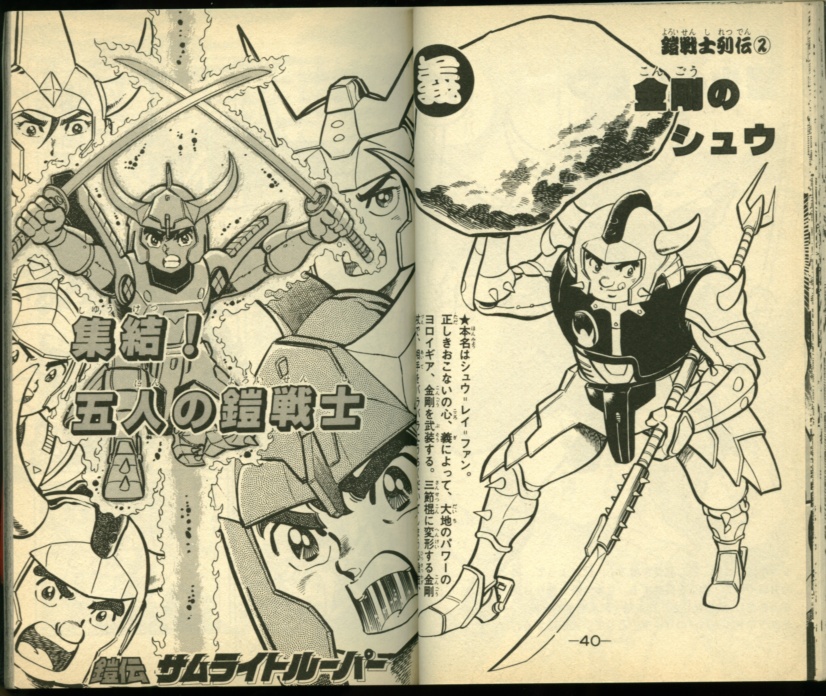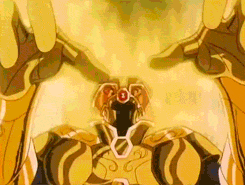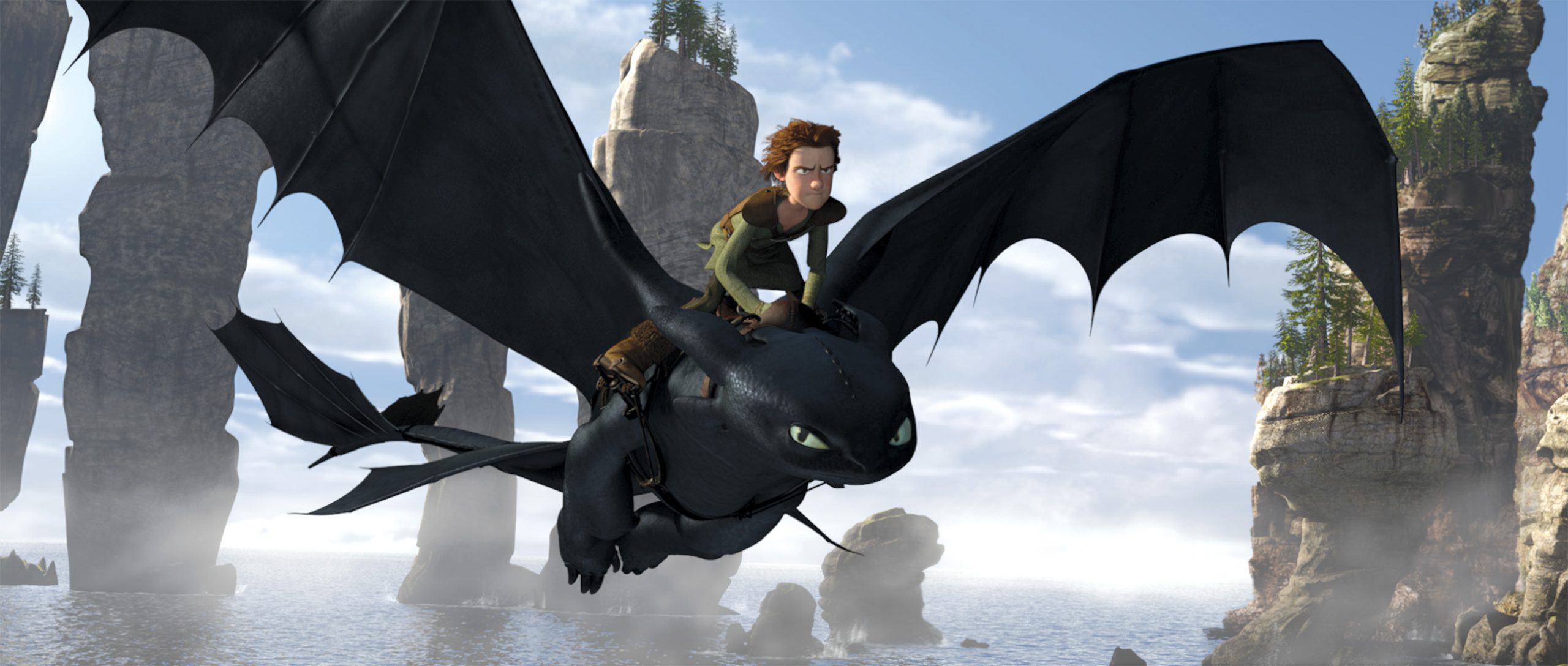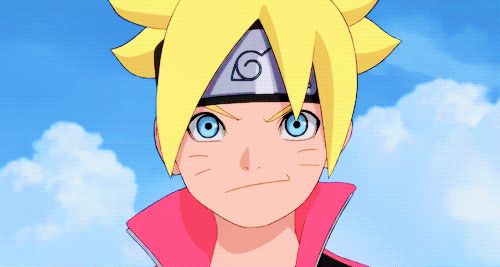At the beginning of 2022, Black Box editions continue their exploration of the infinite richness of the manga world. We have already welcomed the publication of atypical, more adult works such as The Dragon of Wares series. Their catalogue also contains works that look more towards nostalgia and reference. This is the case of the manga The Samurai of the Eternal. If the series is unpublished in France, it is not totally unknown because its animated adaptation was broadcast in May 1990 in Club Dorothée. Drawn by Ryuchi Hoshino and scripted by Hajime Yatate, the work intended for a young audience is presented as an assumed variation of Saint Seiya.
He's back
The emperor of the Apocalypse, Arago, has long been eyeing the earth. The first time, 1000 years ago, his dreams of conquest were wiped out by a samurai named Kaosu. Defeated, the evil lord was banished to the depths of Hell. As for its formidable armor, it was decided to divide it into 9 pieces. Only the Evil Lord used his exile to regain some of his power. He got his hands on 4 pieces of armor that he entrusted to his four generals. Sure of his strength, he unleashes a lightning attack. His armies ravaged the Shinjuku district of Tokyo and kidnapped a large part of the inhabitants. They search for the last five fragments of his armor so that their master can regain his full power. But these last pieces are in the possession of young warriors. All charged with a particular virtue – compassion, respect, righteousness, justice, wisdom – they allow their wearer to master one of the five elements. These five chosen ones form the samurai of the eternal and will have to work together to defeat their enemy. 
The Samurai of the Eternal: A Story That Goes Right to the End
The series is a short work of only two volumes. So she doesn't bother with details to plunge us directly into the action. Arago's motives are thus reduced to his simple desire for domination. The mystique of history is also presented to us in bits and pieces. Connoisseurs of the series will certainly quickly remember the origin of the armor. On the other hand, for neophytes, it will be necessary to let oneself be lulled by the narration and wait for the late arrival of clarifications. It's a bit of a shame that the work doesn't have an introduction to speak of. But this is also what makes the charm of this series and what shows how the codes of the narrative have evolved. The heart of this volume 1 is the fights. And the creative team decided to serve us. Fight in the heart of a volcano, urban combat, fight in a palace, the story chains the passes of weapons. The mix between samurai techniques and spiritual powers works quite well visually. The five heroes are easily identifiable. However, the style remains very dated and may surprise lovers of modern shonen. Here the decorations are simple, the proportions not always respected. More damaging is the absence of a real climax. The scenes of confrontation are numerous. But the epic and the grandiose are lacking. It's even hard to really worry about our heroes. 
Saint Seiya as a reference
The series The Samurai of the Eternal does not hide from being influenced or even copying the mythical Saint Seiya. At the time it is drawn indeed, Saint Seiya sits at the top of manga sales for 3 years and is a hit on Japanese television. Japanese audiences and channels are in demand for derivative works. Ryuchi Hoshino and Hajime Yatate will deliver a story very similar to the original. First they take up the codes of narration: young heroes who surpass themselves, mystical armor, successive trials. They will then quote entire scenes from Saint Seiya. The passage of the armor under the volcano from the beginning of the story is a reprise of the Phoenix Knight's arc. Later one of the four generals of Arago takes up the technique of the labyrinth dimension of the Golden Knight of Gemini. Tribute or lack of inspiration, readers to decide.  All these totally assumed references are a strength and a weakness of the series. Indeed, by clearly displaying its source of inspiration, The Samurai of the Eternal pleases the amateur by not betraying what it is. It is a work of exploitation made by solid craftsmen. They never claim to match the lyrical flights of their model. They offer a lighter version of the Holy Seiya spirit. But this great proximity also explains the anonymity into which this work fell. It is impossible for him to compete with his model. Visually, narratively, it remains a secondary work. Samurai of the Eternal is a series for connoisseurs and nostalgic people. Strongly inspired by Saint Seiya, she never claims to equal her illustrious model. Its dated style, its narration of another time are nice testimonies of the evolutions of the world of manga. It is therefore a nice curiosity that the black box editions offer us.
All these totally assumed references are a strength and a weakness of the series. Indeed, by clearly displaying its source of inspiration, The Samurai of the Eternal pleases the amateur by not betraying what it is. It is a work of exploitation made by solid craftsmen. They never claim to match the lyrical flights of their model. They offer a lighter version of the Holy Seiya spirit. But this great proximity also explains the anonymity into which this work fell. It is impossible for him to compete with his model. Visually, narratively, it remains a secondary work. Samurai of the Eternal is a series for connoisseurs and nostalgic people. Strongly inspired by Saint Seiya, she never claims to equal her illustrious model. Its dated style, its narration of another time are nice testimonies of the evolutions of the world of manga. It is therefore a nice curiosity that the black box editions offer us.







































